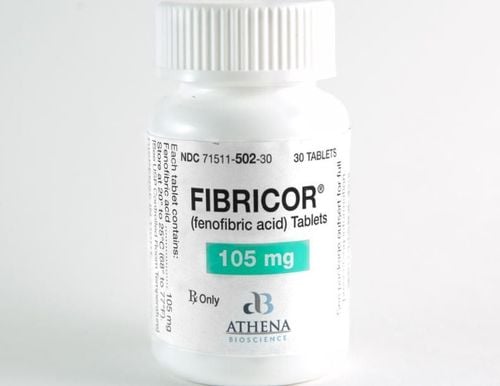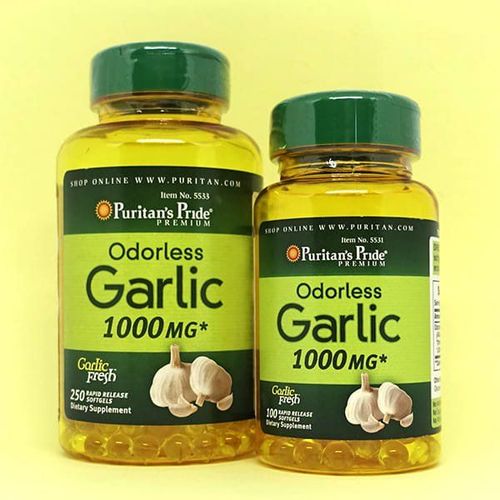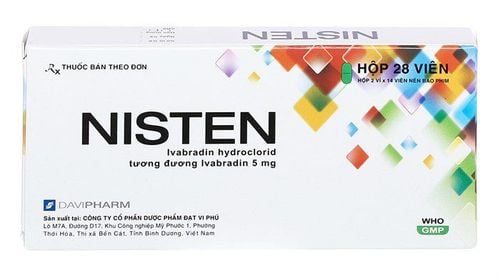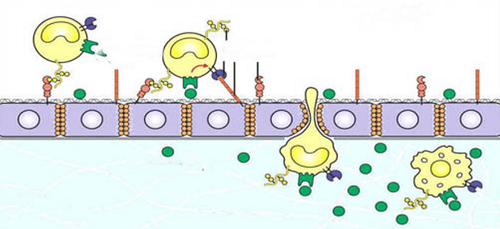This is an automatically translated article.
The article is professionally consulted by Master, Doctor Do Xuan Chien - Head of Department of Medical Examination & Internal Medicine and Professional Advisor, - Department of Medical Examination and Internal Medicine - Vinmec Ha Long International Hospital.Screening and primary prevention of cardiovascular events are essential, especially in high-risk subjects. Along with common tests and tools, C-reactive protein (CRP) is increasingly showing its role in the prevention of atherosclerosis.
1. What is atherosclerosis?
Atherosclerosis is a condition in which the walls of the arteries are stiffened with narrowing of the lumen due to plaques, restricting blood flow, causing a lack of blood supply to the organs. The nature of atherosclerotic plaque is that lipid molecules circulate in the blood in high concentrations, infiltrating the vessel wall. They act as foreign bodies, stimulating local inflammatory reactions, attracting platelets, white blood cells, and fibrin fibers to isolate, surround and calcify. Because arteries are always subjected to higher blood pressure than other blood vessels, the lumen is more susceptible to damage; “atherosclerosis” is also commonly known as “atherosclerosis”.When a blood vessel is blocked or narrowed in an organ, there is a manifestation of ischemia in that organ. For damage to the arteries in the heart, it is called coronary atherosclerosis, causing myocardial infarction or ischemic heart disease, which in the long term will cause heart failure. At this time, the patient will feel fatigue, shortness of breath when exertion, long-term progress to continuous shortness of breath, shortness of breath when lying down, leg edema, little urine. When coronary atherosclerosis reaches this stage, the disease has worsened, reducing the quality of life.
Similarly, if atherosclerosis in the brain will be a favorable condition leading to cerebral infarction, the patient will suddenly become weak, hemiplegic, mouth distortion, difficulty speaking, urinary incontinence. If atherosclerosis of the lower extremities, the patient has intermittent claudication when walking, slight dorsal pulse or loss of pulse, pale legs, numbness, gradually losing function.

2. C-reactive protein and atherosclerosis
C-Reactive Protein (CRP) is a protein made by the liver during infections or conditions that trigger an inflammatory response in the body such as rheumatoid arthritis, an autoimmune disease in general. When the body is infected, due to the presence of antigens, white blood cells that play an immune role will immediately surround and destroy by producing some C-reactive proteins. The chemical mediators will activate a cascade of reactions, mobilizing a large number of white blood cells from other places to participate, releasing more enzymes to destroy the bacterial cell wall. At the same time, some C-reactive proteins, among them, stimulate the liver to produce CRP. For this reason, blood levels of CRP have long been used to identify and assess inflammation or infection.Since the advanced stages of atherosclerosis are also a series of inflammatory reactions, the level of CRP in the blood has been studied and concluded to be an indicator of the risk of problems. cardiovascular disease, in which atherosclerosis plays a role as the core cause. In fact, CRP levels are higher in patients with atherosclerosis than in those without atherosclerosis.
Not only that, the value of CRP concentration also helps to identify a patient with atherosclerosis with the level of risk of cardiovascular events, especially when the subject is at intermediate risk, i.e. Risk factors for atherosclerosis are not clear such as hypertension, dyslipidemia, diabetes mellitus, smoking and have not had any symptoms suggestive of atherosclerosis in organs. In other words, it is the value of CRP at this time that will help guide primary prevention treatment by integrating lifestyle changes or proactively taking medication from the beginning.

3. C-reactive protein measurement test
The C-reactive protein measurement test is performed as a routine blood test, simple, fast response time and low cost. Quantitative CRP results will be classified into three levels as low, moderate and high: Less than 1mg/dL is low; 1-3mg/dL is moderate and above 3mg/dL or greater is high.C-reactive protein levels tend to increase with age but will generally remain stable for a few months or a few years. Accordingly, this is not a test that requires frequent repeat testing to monitor kinetic progress. And best of all, to avoid confusing the presence of atherosclerosis with other confounding factors, this test is not indicated in the presence of any other type of infection or inflammation. , such as a cold or the flu. The reason is that because C-reactive protein levels nonspecifically reflect inflammation in the body, blood results will be very high in these situations.
Besides, CRP levels also have a high sensitivity that increases with the presence of other risk factors such as diabetes mellitus, renal failure, smoking and obesity. Thus, if a person smokes or is overweight and has high CRP levels, CRP may only reflect an association with these risk factors rather than an individual risk of cardiovascular disease.
In addition, when patients have acute vascular events such as heart failure, myocardial infarction, stroke, peripheral artery disease, without associated infection, other inflammatory reactions, serum concentrations. The CRP measured at this time will also increase.
Despite this, when compared with other routine tests in patients with atherosclerotic conditions, elevated levels of CRP in the blood have been shown to be associated with a higher risk of myocardial infarction. three times more than conventional blood lipid bilan test. Furthermore, in a study of women's health, CRP test results were found to be more accurate than other inflammatory factor tests in healthy postmenopausal women. Three years later, people with high CRP levels were four times more likely to die from coronary heart disease, including heart attack and stroke, than those with low CRP levels.

5. What to treat when C-reactive protein is high?
When other possible confounders have been excluded, a high CRP blood test is not an independent factor in determining treatment. However, even with no comorbidities, no or very low risk factors for atherosclerosis, if C-reactive protein levels are moderate or high, making lifestyle changes has It has been shown to reduce the risk of true atherosclerotic cardiovascular disease later in life. They are:Build a balanced, scientific diet Limit the absorption of fat and fat Keep a reasonable body weight Regular exercise Good control of blood sugar and high blood pressure Quit the habit habitual smoking Moderate alcohol consumption In cases where patients already have atherosclerotic cardiovascular events or are at high to very high risk, active primary and secondary prevention with medication is possible. extended indication. Medications including blood pressure stabilizers, blood sugar, lipid lowering and antiplatelet agents are followed daily. Accordingly, in addition to applying the above non-drug measures, you need to visit your doctor periodically and be evaluated regularly, in order to achieve the best treatment goals, ensure a long life quality. long.
In short, C-reactive protein (CRP) is a blood test that has demonstrated a role in atherosclerotic cardiovascular diseases. This is a factor to help screen and group risks, thereby planning long-term treatment, limiting the risk of cardiovascular events caused by atherosclerosis.
Master. Doctor Do Xuan Chien is former Deputy Head of Cardiology Department of Phu Tho Provincial General Hospital with more than 11 years of experience working in Cardiology and Metabolic Pathology. Currently, he is the Head of the Department of Medical Examination and Internal Medicine, Vinmec Ha Long International General Hospital.
Associate Professor. Dr. Hoang Dang Mich has over 42 years of medical career, has strengths in the specialized fields of Liver - Kidney - Immune pathology... Currently, he is a Specialist Consultant of General Internal Medicine Department of Examination. Medicine & Internal Medicine, Vinmec Ha Long International General Hospital.
Please dial HOTLINE for more information or register for an appointment HERE. Download MyVinmec app to make appointments faster and to manage your bookings easily.














